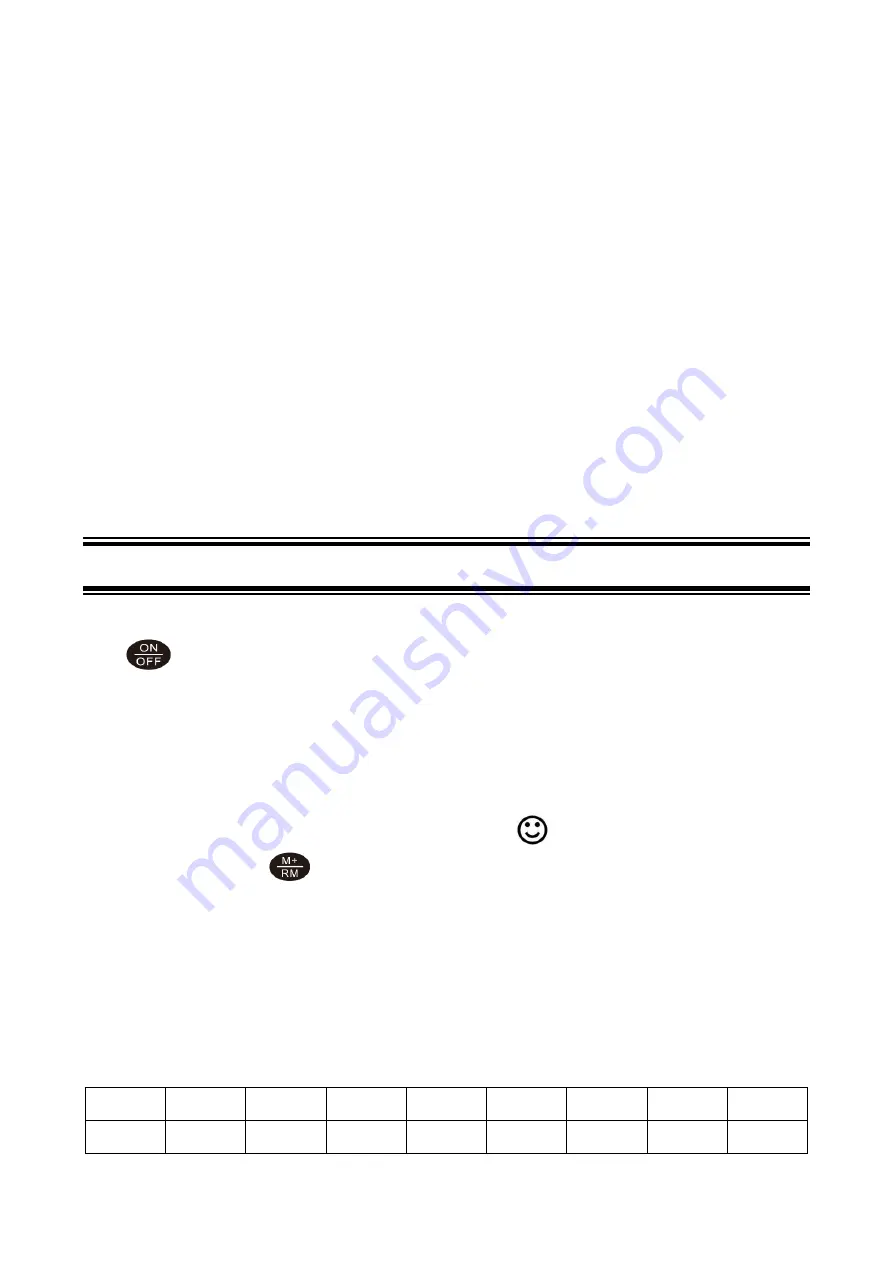
- 16 -
6.9
Notes about pH
1)
Never store pH electrode in pure water as it will damage the electrode. Always store the electrode
in 3M KCL soaking solution (AI1107).
2)
If you find any air bubble in the glass bulb of the pH sensor, simply shake the probe with force for
a few times to remove it. The existence of an air bubble in the glass bulb will significantly decrease
the stableness of measurement.
3)
pH electrode is technically a chemical battery. Every pH electrode will eventually die even if you
don’t use it at all. The typical service life of a pH electrode is 1-2 years depending on how you
use and maintain it. We recommend replacing your pH electrode after one year of use to ensure
the best result.
4)
Always keep the meter’s connector clean and dry, otherwise it may lead to an inaccurate
measurement. If contaminated, clean the connector with alcohol prep pads and blow-dry.
7
ORP Measurement
7.1
Sample Test
Press to power on, connect the ORP combination 301 Pt-S electrode (See Section 5 for connection
tutorial), the meter will enter ORP measurement mode automatically.
Screw off the storage bottle. Rinse the electrode with pure water. Shake off excess water or blot-dry with
clean tissue or kimwipe. Stir the electrode for a few seconds after it’s dipped into the sample solution and
then hold it still. Wait for the reading to get fully stabilized ( appears and stays). Then save the
measurement by pressing .
7.2
Notes about ORP
ORP measurement does not require calibration. When the user is not sure about ORP electrode quality
or measuring value, use ORP 222mV standard solution to test mV value and see whether ORP electrode
or meter works properly. Table-9 is the data of standard ORP solution for 222 mV.
Table-9
°C
10
15
20
25
30
35
38
40
mV
242
235
227
222
215
209
205
201















































